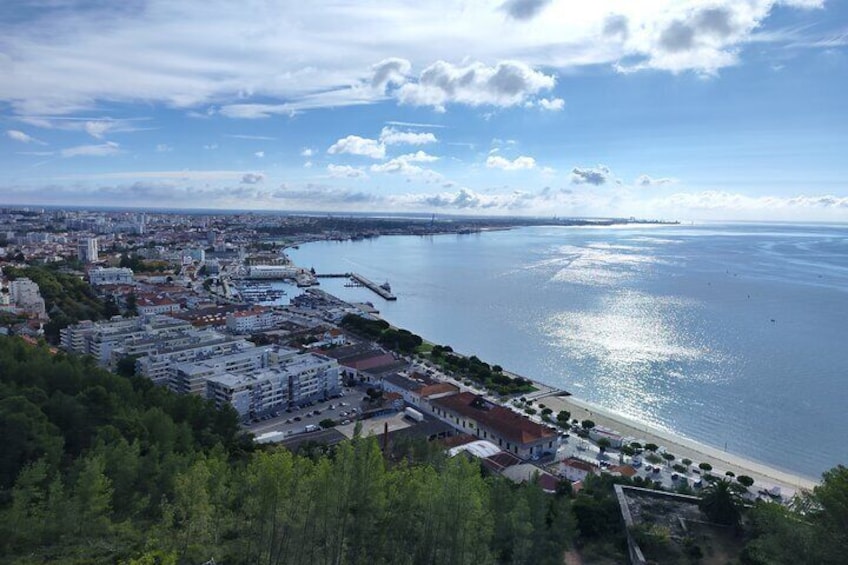




Setúbal,Sesimbra & Palmela - Private tour, Nature & Culture
By The Guru Guide
Free cancellation available
Features
Overview
Activity location
Meeting/Redemption Point
Multiple meeting/redemption points available, see location information for full list
Check availability
Shared Tour
Shared Tour: The experience is shared with other participants, who reserve for the same date and share the meeting point.
Pickup included
Starting time: 9:00
Price details
Total
15% off
Until Thu, Jan 1
Private Tour
Private Tour: The private tour, , offers a truly unique experience, just for you, including pick up and drop off at your hotel.
Pickup included
Starting time: 9:00
Price details
P 8,664.28 x 2 AdultsP 17,328.56
Total
Until Thu, Jan 1
What's included, what's not
Know before you book
- Wheelchair accessible
- Infants and small children can ride in a pram or stroller
- Service animals allowed
- Public transportation options are available nearby
- Infants are required to sit on an adult’s lap
- Specialized infant seats are available
- Transportation options are wheelchair accessible
- All areas and surfaces are wheelchair accessible
- Suitable for all physical fitness levels
- To facilitate communication, use WhatsApp through the contact provided to arrange the tour and set the meeting point.
Activity itinerary
Location
Activity location
Meeting/Redemption Point
Best Deals on Things to Do
Experience the wonders of the world up close with great deals on things to do near and far. Expedia offers one-of-a-kind activities that allow you to explore Palmela your way. Whether you love nature, culture, food, or a bit of adventure, we have the perfect activity for you.
Top Experiences in Palmela
With so many things to do in Palmela, planning the perfect day out may seem like a daunting task. Expedia is here to take the hassle out of finding the best attractions, tours, and activities in Palmela. Families, couples, and business travelers can all find the perfect activity in Palmela to create life-long memories with the help of Expedia.